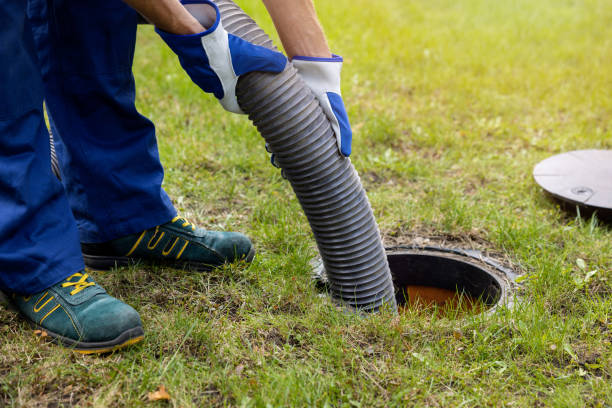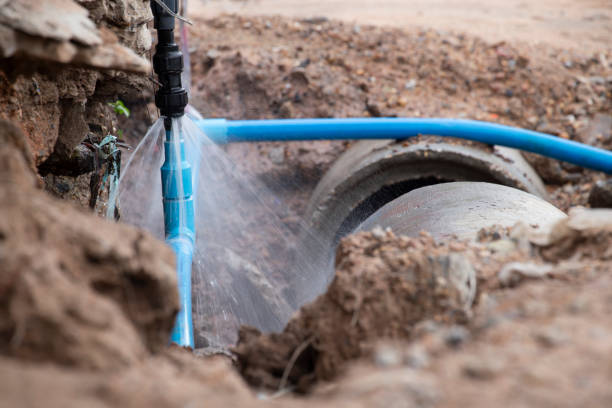

Sewage backups are one of the most unpleasant and potentially hazardous household issues that homeowners can face. When wastewater fails to flow properly through the sewer system, it can result in backups, leading to property damage, health risks, and costly repairs. Understanding the common causes of sewage backups is crucial for prevention and effective resolution. In this comprehensive guide, we'll delve into the various factors that contribute to sewage backups and explore preventive measures and solutions.
One of the primary reasons for sewage backups is clogged pipes and drains. Over time, debris, grease, soap scum, and other substances can accumulate in the sewer lines, restricting the flow of wastewater. In such cases, professional sewage cleanup services may be necessary to address the resulting damage and restore the affected area to a safe and sanitary condition. Common culprits include flushing inappropriate items down the toilet, such as wipes, sanitary products, and paper towels, as well as pouring grease down the kitchen sink. Additionally, tree roots can infiltrate underground pipes, causing blockages and structural damage.
Damage to sewer lines can occur due to various factors, including age, corrosion, tree root intrusion, ground shifting, and environmental conditions. Cracked or broken pipes can disrupt the flow of sewage, leading to backups and leaks. Older homes with outdated plumbing systems are particularly susceptible to sewer line issues, as the materials used may deteriorate over time.
During periods of heavy rainfall or flooding, sewer systems can become overwhelmed, leading to backups and overflows. Excessive stormwater can inundate sewer lines, causing them to back up into homes and businesses. Combined sewer systems, which carry both sewage and stormwater, are especially vulnerable to backups during heavy rain events. Despite misconceptions, it's important to dispel myths about water restoration to ensure that property owners have accurate information about the necessary steps to take in the event of sewage backups or flooding.

Blockages within the municipal sewer system can also cause backups in residential and commercial properties. These blockages may occur due to debris buildup, collapsed pipes, or obstructions such as roots or foreign objects. When the main sewer line becomes blocked, sewage can backup into multiple properties connected to the same system.
Poorly installed or maintained plumbing systems are more prone to sewage backups. Improper slope or alignment of pipes can impede the flow of wastewater, leading to blockages and backups. Neglecting routine maintenance tasks, such as cleaning sewer lines and inspecting for leaks or damage, can also exacerbate the risk of backups.
Now that we've explored the common causes of sewage backups, let's discuss preventive measures and solutions to mitigate these issues:
Educate household members about proper waste disposal practices to prevent clogs and blockages and to mitigate the need to recover specific items damaged by water. Avoid flushing non-biodegradable items down the toilet and dispose of grease and cooking oils in the trash rather than pouring them down the sink.
Schedule routine maintenance inspections for your plumbing system, including sewer lines, to detect and address potential issues before they escalate. Professional plumbers can conduct video inspections to identify blockages, leaks, and other problems hidden within the pipes.